Posture Improves Athletic Performance: Key to Success
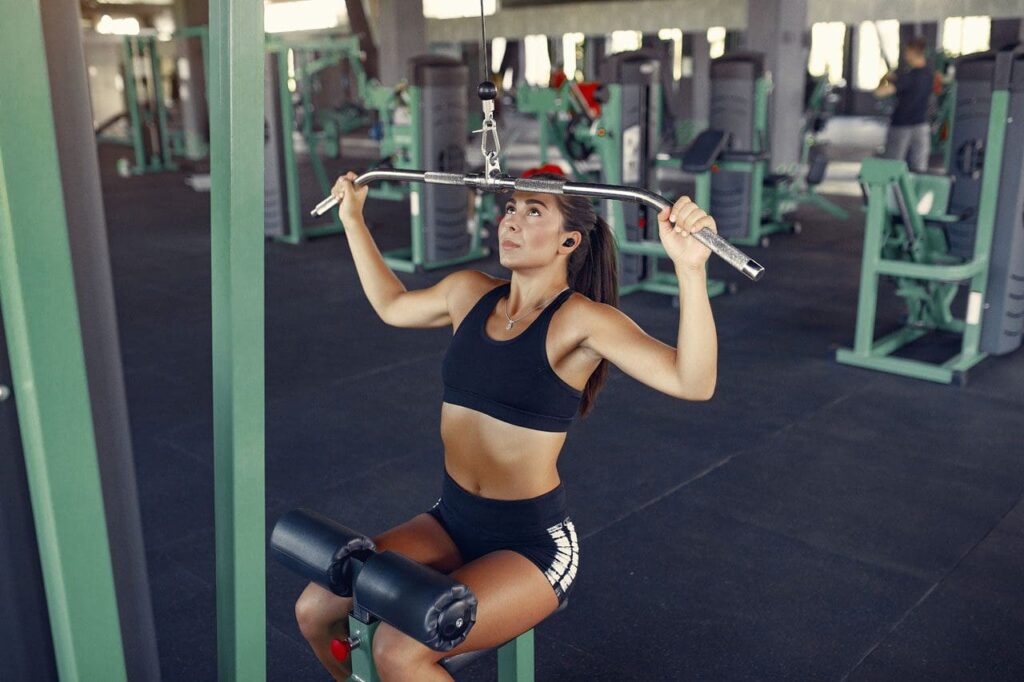
The Link Between Posture, Sports Training, and Chiropractic Care
Good posture is more than just standing up straight—it’s a key factor in how well you perform in sports and how likely you are to avoid injuries. When your body is aligned properly, your muscles and joints work together smoothly, giving you the strength and balance needed for athletic success. Poor posture, on the other hand, can throw everything off, leading to strain and a higher risk of getting hurt. This is where sports training and chiropractic care come together to make a big difference.
Chiropractic care helps by fixing postural imbalances and keeping your spine in line. A well-aligned spine improves how your body moves, which is crucial for athletes. Integrative care, which combines chiropractic adjustments with other therapies, takes it a step further by boosting overall muscle and joint health. Together, these approaches help athletes perform better and stay safe while doing what they love.
Why Posture Matters in Sports
Posture affects how efficiently your body uses energy during sports. When you slouch or lean too far forward, your muscles have to work harder to keep you stable, which can tire you out faster. Good posture, though, lets you move with more power and control. For example, a runner with a strong, upright stance can maintain speed longer than someone with a hunched back. Plus, proper alignment reduces the stress on your joints, lowering the chance of injuries like sprains or strains (Square One Health, 2023).
Chiropractors can spot these issues early. By adjusting the spine, they help restore balance, which is especially helpful for sports that require quick movements, like basketball or soccer. This not only boosts performance but also prevents injuries that might happen from uneven wear on your body (Alter Chiropractic, 2023).
Chiropractic Care and Injury Prevention
Injuries are a big concern for anyone active in sports, but chiropractic care can play a huge role in keeping them at bay. Misaligned spines or tight muscles can set the stage for problems like pulled muscles or joint pain. Regular chiropractic visits can correct these issues before they turn into something worse. For instance, adjustments can relieve pressure on nerves, improving how your body handles the demands of training (Advanced Spine and Posture, 2023).
Integrative care adds to this by including stretching and mobility work, which keeps muscles flexible and strong. This combo helps athletes recover faster and train without constant pain, making it a smart addition to any routine (Trident Health Chiropractic, 2023).
References
- Alter Chiropractic. (2023). Chiropractic care enhances athletic performance effectively. https://alterchiropractic.com/chiropractic-care-enhances-athletic-performance-effectively/
- Advanced Spine and Posture. (2023). Sports injuries treated with chiropractic care. https://advancedspineandposture.com/blog/sports-injuries-treated-with-chiropractic-care/
- Square One Health. (2023). Get back in the game: Sports injuries and chiropractic care. https://squareonehealth.com/get-back-in-the-game-sports-injuries-and-chiropractic-care/
- Trident Health Chiropractic. (2023). How chiropractic care enhances athletic performance. https://www.tridenthealthchiropractic.com/how-chiropractic-care-enhances-athletic-performance
The Role of Dr. Alex Jimenez in Sports and Injury Recovery
Dr. Alex Jimenez, a chiropractor and nurse practitioner based in El Paso, brings a unique skill set to help people recover from injuries caused by work, sports, personal incidents, or car accidents. His dual training allows him to look at injuries from both a medical and chiropractic angle, giving patients a thorough diagnosis and treatment plan. He uses advanced imaging and diagnostic tests to determine the exact cause, ensuring every step of the recovery process is based on solid evidence.
Dual-Scope Diagnosis and Treatment
Dr. Jimenez stands out because he combines his chiropractic expertise with his nurse practitioner background. This lets him assess injuries with a wide lens, considering both the physical structure and overall health of his patients. For example, he might use X-rays or MRIs to pinpoint a spinal issue and then create a plan that includes adjustments, exercises, and sometimes medication if needed. This approach helps address the root cause of the injury rather than just the symptoms (Jimenez, 2025).
His work with diagnostic assessments is key. These tools help him see inside the body, identifying problems like misaligned vertebrae or muscle damage that might not be obvious otherwise. This detailed process ensures treatments are tailored to each person’s needs, speeding up recovery and preventing future issues.
Handling Medical and Legal Needs
What makes Dr. Jimenez even more valuable is his ability to manage both medical care and legal paperwork, especially in personal injury cases. After an accident, patients often need to deal with insurance claims or lawsuits, and he helps by providing detailed reports and documentation. His experience ensures that the medical side of the case is clear and strong, supporting patients as they seek compensation or justice (Jimenez, 2025).
Recovery Through Chiropractic and Integrative Medicine
Dr. Jimenez’s approach goes beyond quick fixes. He uses chiropractic care to realign the spine, targeted exercises to rebuild strength, and therapies like massage and acupuncture to promote healing. This integrative method tackles a range of injuries— from back pain to joint stiffness—by addressing the underlying causes. By improving posture and overall health, his patients can return to their active lives with less risk of long-term problems (Jimenez, 2025).
References
- Jimenez, A. (2025). Clinical observations. https://dralexjimenez.com/
- Jimenez, A. (2025). Professional profile. https://www.linkedin.com/in/dralexjimenez/
A Comprehensive Approach to Rehabilitation
Rehabilitation after an injury doesn’t have to be a one-size-fits-all process. Combining chiropractic care with targeted exercise, massage therapy, acupuncture, and integrative medicine creates a powerful plan that covers all aspects of healing. This approach works because it targets different parts of the neuromusculoskeletal system, from nerves to muscles to joints, ensuring a full recovery.
How It Works Together
Chiropractic adjustments fix spinal misalignments, which can relieve pain and improve movement. Adding exercises strengthens the muscles around those areas, preventing future strain. Massage therapy eases tension, while acupuncture boosts blood flow and reduces inflammation—both key for natural healing. Integrative medicine ties it all together by looking at the whole person, not just the injury (Tigard Chiropractic Auto Injury, 2023).
This mix is especially useful for sports enthusiasts. By weaving these therapies into training, athletes can keep their posture in check, move more efficiently, and lower their injury risk. For example, a football player might use chiropractic care to stay aligned and acupuncture to recover from a tough game, leading to better performance over time (Dallas Accident and Injury Rehab, 2023).
Benefits for Long-Term Health
The strength of this integrative approach lies in its ability to prevent long-term complications. Poorly healed injuries can lead to chronic pain or reduced mobility, but a comprehensive plan addresses these risks early. By focusing on natural healing and overall wellness, athletes can enjoy their sports longer and with more confidence (Mountain Movement Center, 2023).
References
- Tigard Chiropractic Auto Injury. (2023). Integrating exercise with chiropractic: A synergistic approach to sports medicine. https://www.tigardchiropracticautoinjury.com/integrating-exercise-with-chiropractic-a-synergistic-approach-to-sports-medicine
- Dallas Accident and Injury Rehab. (2023). Integrating chiropractic care with sports medicine. https://dallasaccidentandinjuryrehab.com/integrating-chiropractic-care-with-sports-medicine/
- Mountain Movement Center. (2023). Integrating chiropractic into your fitness routine. https://www.mountainmovementcenter.com/post/integrating-chiropractic-into-your-fitness-routine
Optimizing Athletic Performance with Integrative Care
Adding chiropractic and integrative therapies to sports training can take your game to the next level. Good posture, supported by regular adjustments, gives you a strong foundation to build on. When your spine is aligned, your body can generate more power and move with greater agility, which is a win for any athlete (MyEvolve Chiropractor, 2023).
Enhancing Performance
Chiropractic care improves how your nervous system works, which is critical for quick reactions and coordination in sports. Pair that with stretching and mobility work, and you’ve got a recipe for peak performance. Integrative care also helps manage stress, keeping muscles and ligaments ready for action without the risk of injury (Dallas Accident and Injury Rehab, 2023).
Preventing Injuries
The real magic happens in injury prevention. By fixing posture issues and boosting circulation, these therapies reduce the strain on your body during intense training. This means fewer setbacks and more time enjoying your sport. Athletes who use this approach often find they can train harder and recover faster, leading to a more successful and fun experience (Essential Chiropractic, 2023).
References
- MyEvolve Chiropractor. (2023). How chiropractic care can enhance athletic performance and recovery. https://myevolvechiropractor.com/how-chiropractic-care-can-enhance-athletic-performance-and-recovery/
- Dallas Accident and Injury Rehab. (2023). Integrating chiropractic expertise and holistic sports medicine for enhanced athletic well-being. https://dallasaccidentandinjuryrehab.com/integrating-chiropractic-expertise-and-holistic-sports-medicine-for-enhanced-athletic-well-being/
- Essential Chiropractic. (2023). Cross-training and chiropractic: Maximizing athletic performance safely. https://essentialchiropractic.co.uk/cross-training-and-chiropractic-maximizing-athletic-performance-safely/
- Current Physical Therapy. (2025). How chiropractic treatment for sports injuries helps athletes recover faster. https://www.currentphysicaltherapy.com/2025/08/11/how-chiropractic-treatment-for-sports-injuries-helps-athletes-recover-faster/
- Zaker Chiropractic. (2023). How chiropractic care can help improve your posture. https://zakerchiropractic.com/how-chiropractic-care-can-help-improve-your-posture/
- Optimal Spine Chiro. (2023). The power of posture: How chiropractic care can transform your daily life. https://optimalspinechiro.com/the-power-of-posture-how-chiropractic-care-can-transform-your-daily-life/
Conclusion
The connection between posture, sports training, and chiropractic care is clear: proper alignment leads to better performance and fewer injuries. With experts like Dr. Alex Jimenez leading the way, integrative care offers a complete solution. By combining chiropractic adjustments, exercises, massage, acupuncture, and a holistic approach, athletes can heal naturally, improve their skills, and enjoy a healthier, more active life. This all-around strategy not only fixes current issues but also builds a strong future for anyone passionate about sports.
References
Alter Chiropractic. (2023). Chiropractic care enhances athletic performance effectively. https://alterchiropractic.com/chiropractic-care-enhances-athletic-performance-effectively/
Advanced Spine and Posture. (2023). Sports injuries treated with chiropractic care. https://advancedspineandposture.com/blog/sports-injuries-treated-with-chiropractic-care/
Current Physical Therapy. (2025). How chiropractic treatment for sports injuries helps athletes recover faster. https://www.currentphysicaltherapy.com/2025/08/11/how-chiropractic-treatment-for-sports-injuries-helps-athletes-recover-faster/
Dallas Accident and Injury Rehab. (2023a). Integrating chiropractic care with sports medicine. https://dallasaccidentandinjuryrehab.com/integrating-chiropractic-care-with-sports-medicine/
Dallas Accident and Injury Rehab. (2023b). Integrating chiropractic expertise and holistic sports medicine for enhanced athletic well-being. https://dallasaccidentandinjuryrehab.com/integrating-chiropractic-expertise-and-holistic-sports-medicine-for-enhanced-athletic-well-being/
Essential Chiropractic. (2023). Cross-training and chiropractic: Maximizing athletic performance safely. https://essentialchiropractic.co.uk/cross-training-and-chiropractic-maximizing-athletic-performance-safely/
Jimenez, A. (2025a). Clinical observations. https://dralexjimenez.com/
Jimenez, A. (2025b). Professional profile. https://www.linkedin.com/in/dralexjimenez/
Mountain Movement Center. (2023). Integrating chiropractic into your fitness routine. https://www.mountainmovementcenter.com/post/integrating-chiropractic-into-your-fitness-routine
MyEvolve Chiropractor. (2023). How chiropractic care can enhance athletic performance and recovery. https://myevolvechiropractor.com/how-chiropractic-care-can-enhance-athletic-performance-and-recovery/
Optimal Spine Chiro. (2023). The power of posture: How chiropractic care can transform your daily life. https://optimalspinechiro.com/the-power-of-posture-how-chiropractic-care-can-transform-your-daily-life/
Square One Health. (2023). Get back in the game: Sports injuries and chiropractic care. https://squareonehealth.com/get-back-in-the-game-sports-injuries-and-chiropractic-care/
Tigard Chiropractic Auto Injury. (2023). Integrating exercise with chiropractic: A synergistic approach to sports medicine. https://www.tigardchiropracticautoinjury.com/integrating-exercise-with-chiropractic-a-synergistic-approach-to-sports-medicine
Trident Health Chiropractic. (2023). How chiropractic care enhances athletic performance. https://www.tridenthealthchiropractic.com/how-chiropractic-care-enhances-athletic-performance
Zaker Chiropractic. (2023). How chiropractic care can help improve your posture. https://zakerchiropractic.com/how-chiropractic-care-can-help-improve-your-posture/

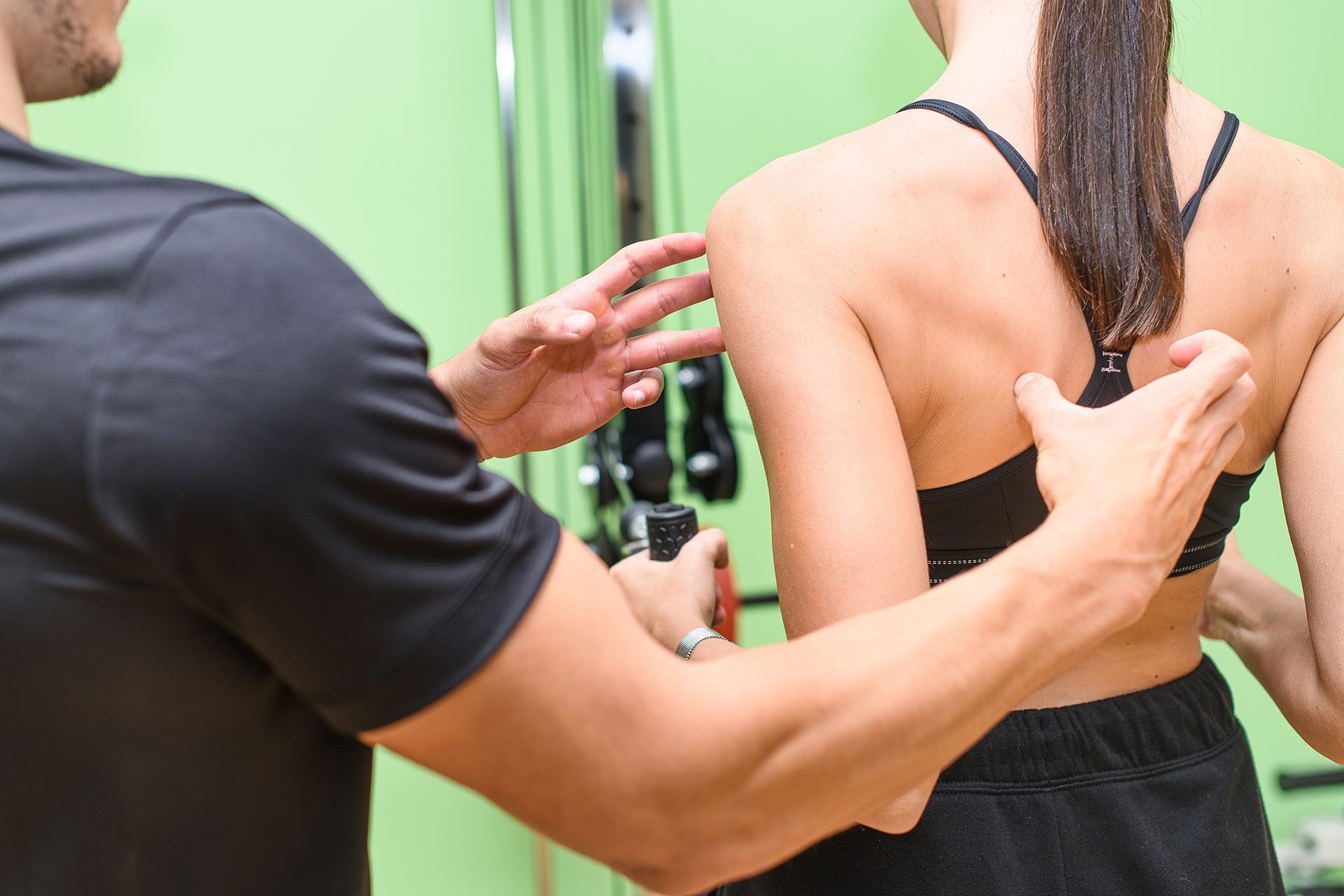
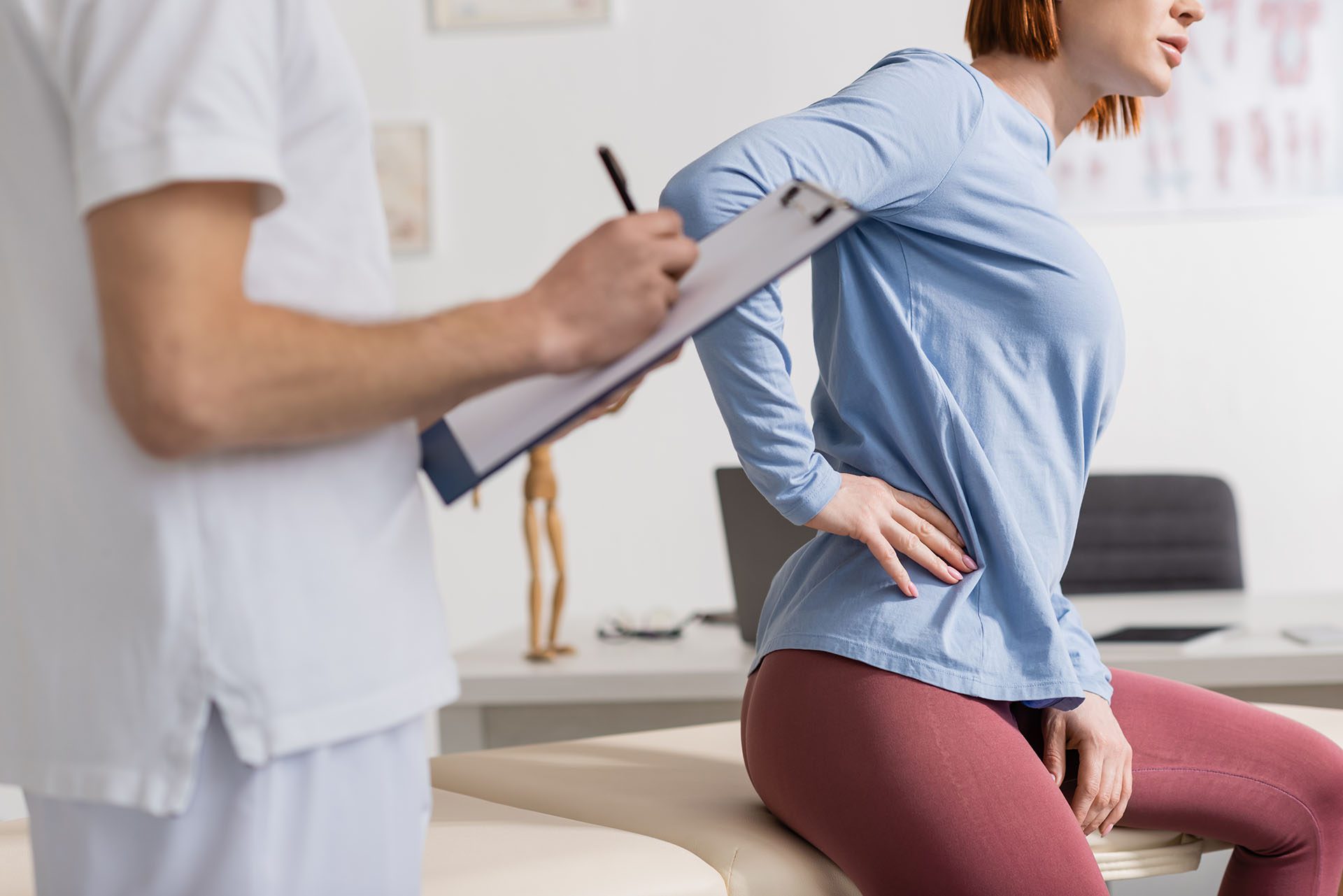
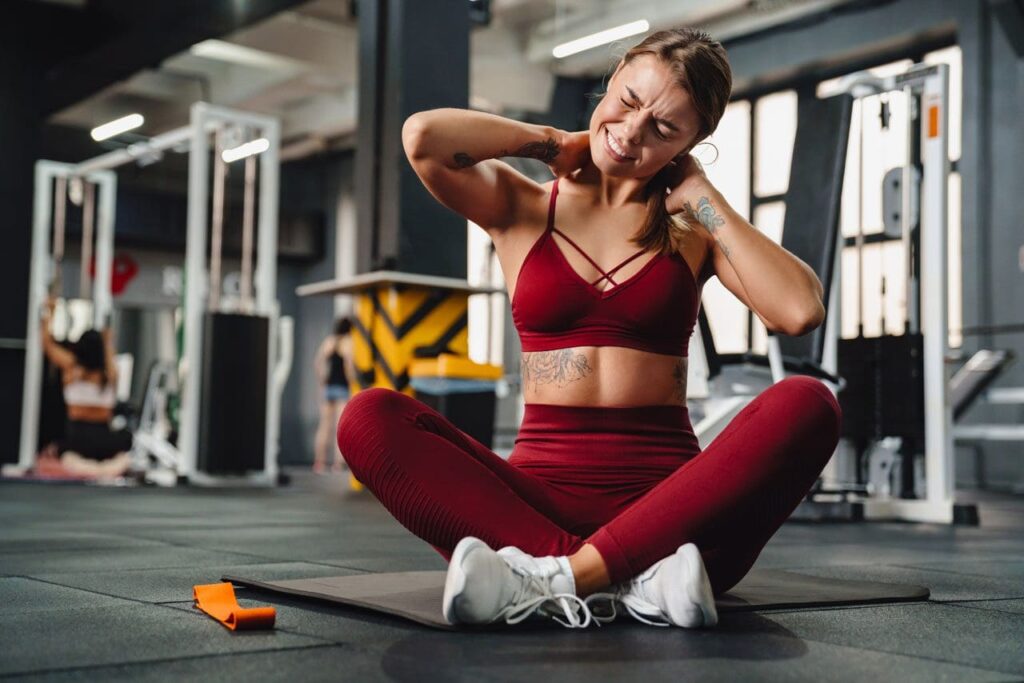

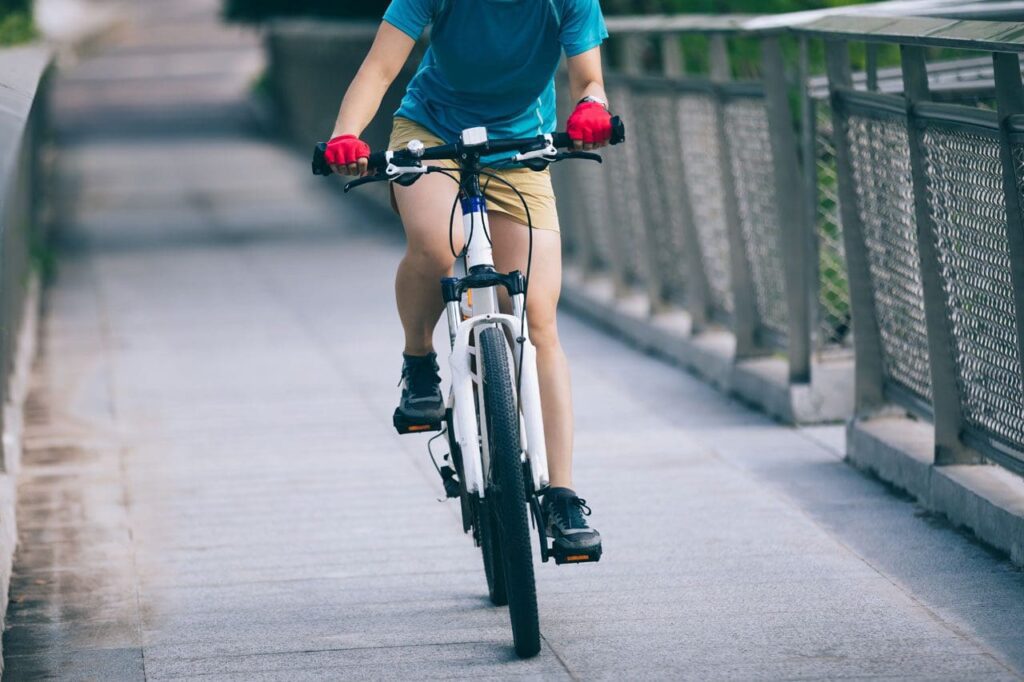
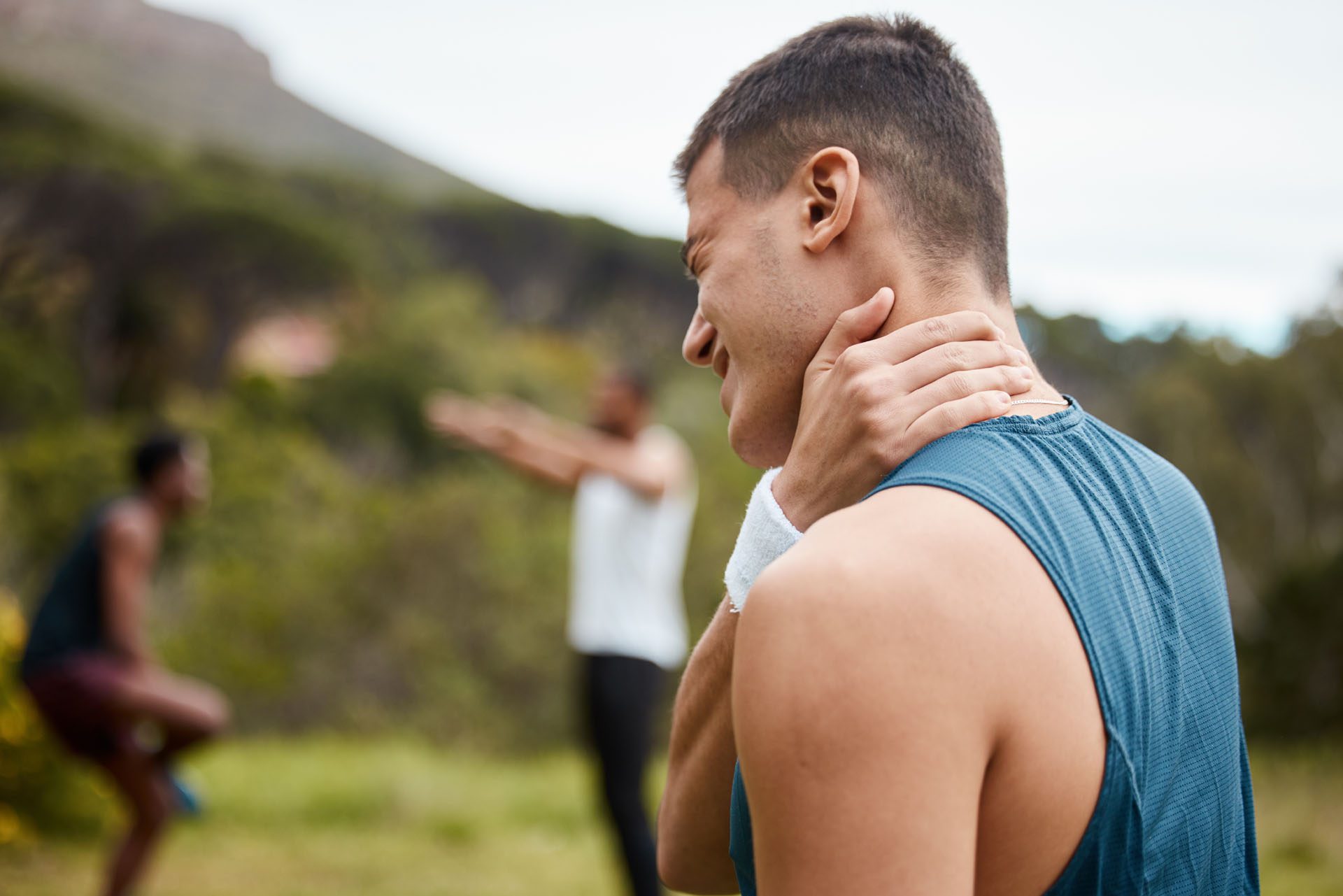
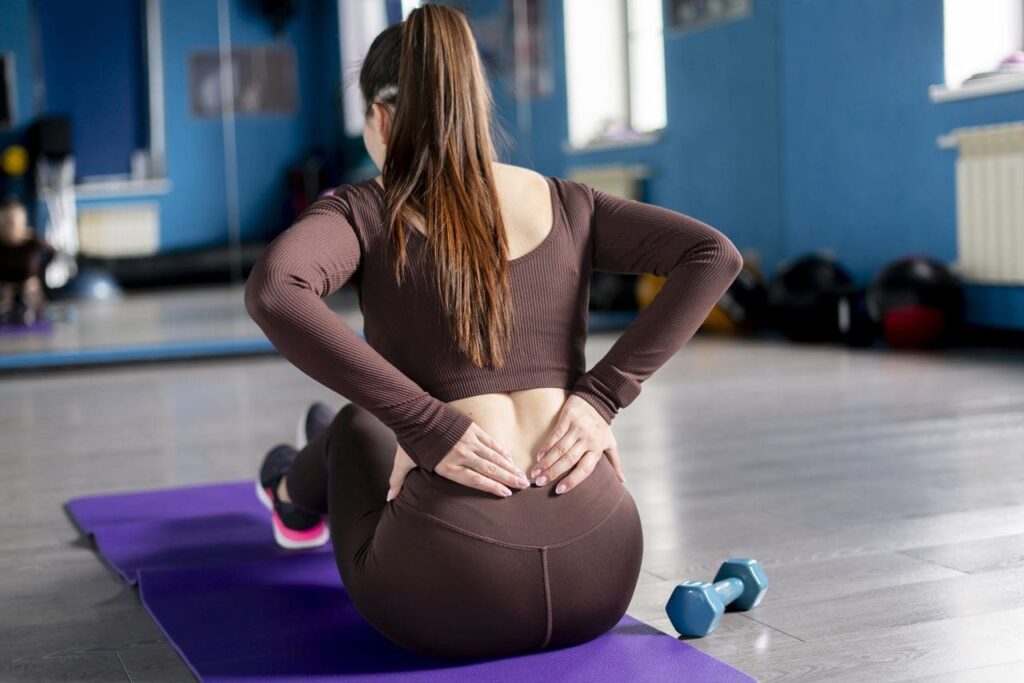
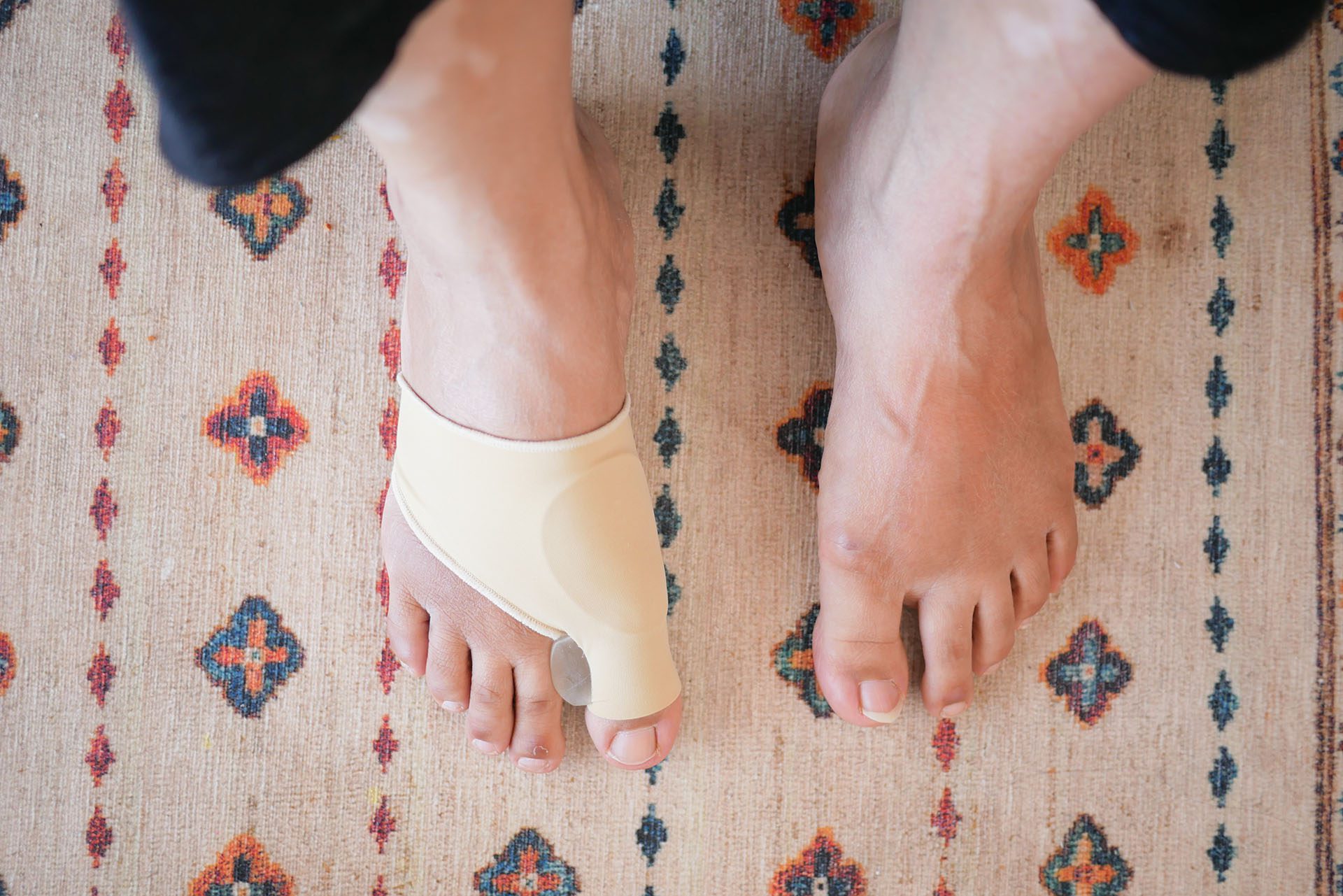
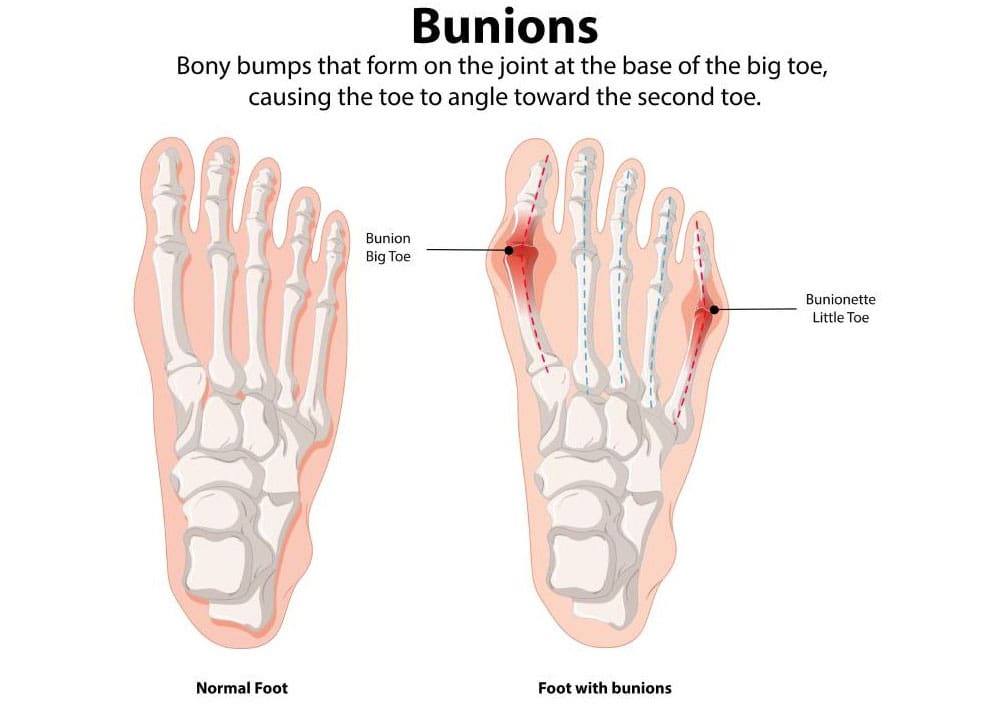


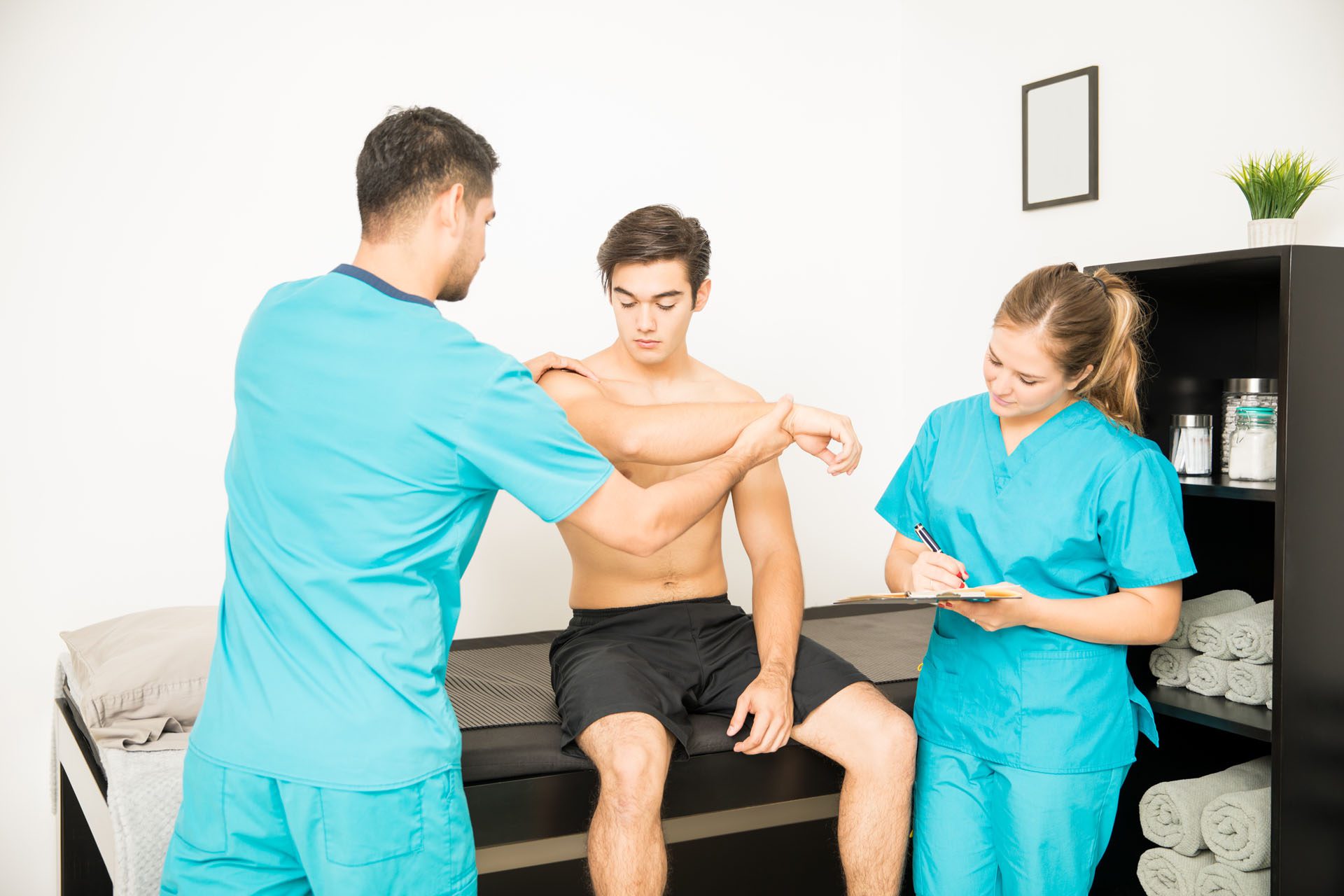
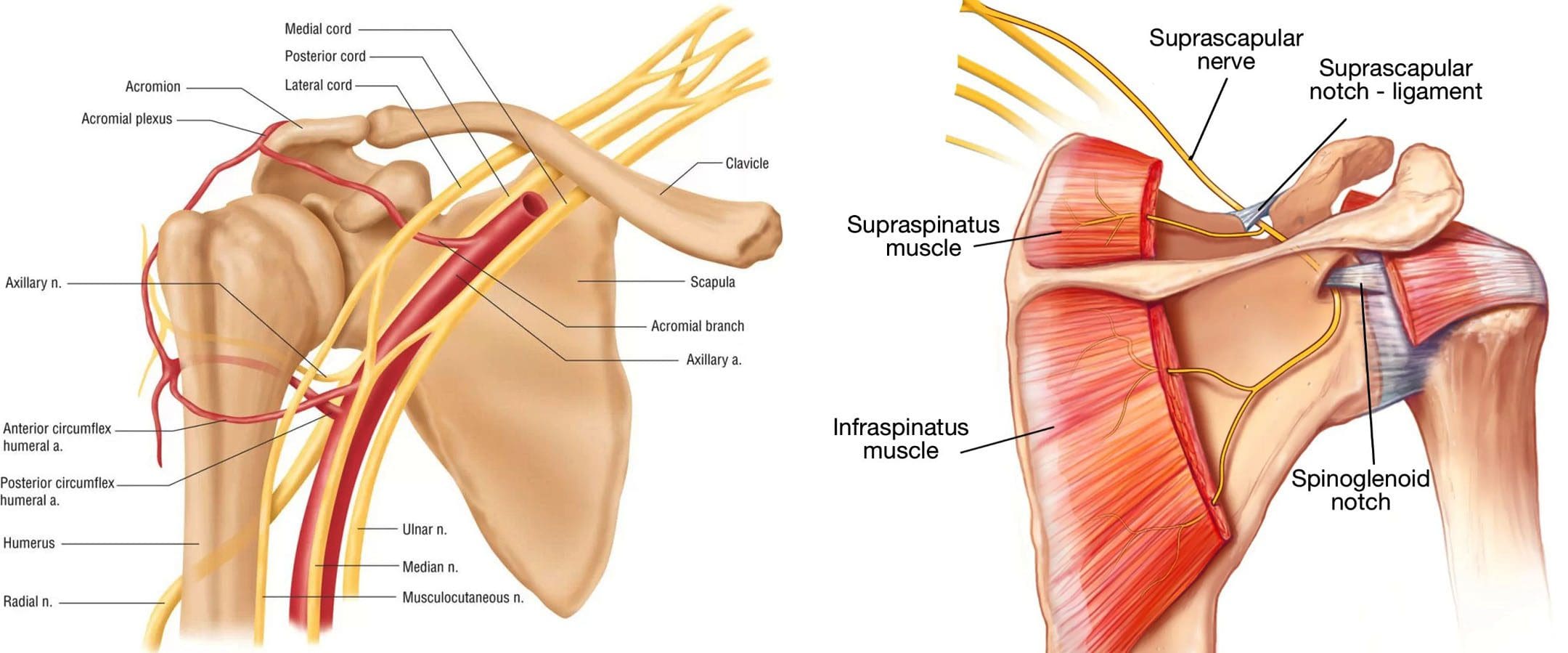
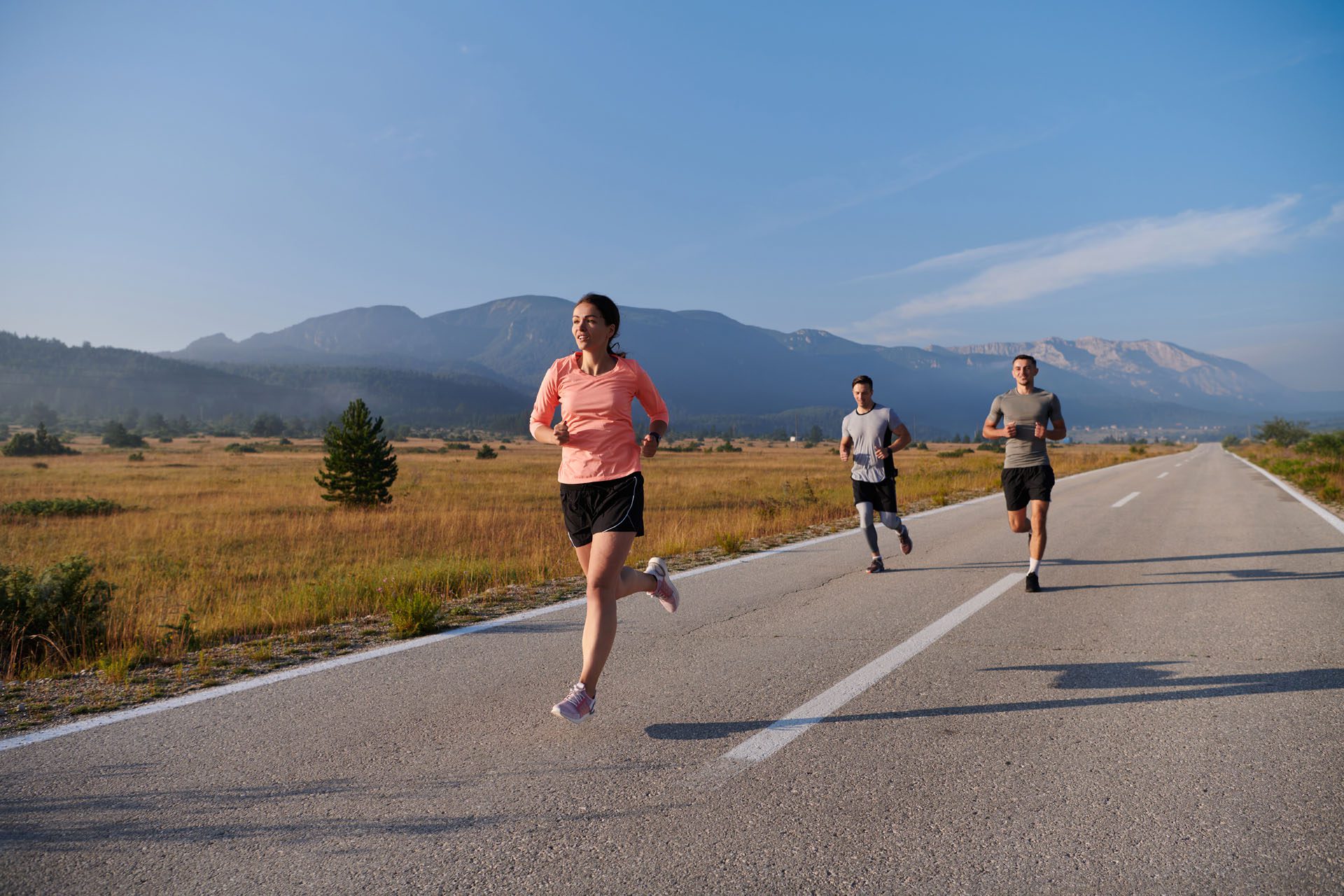
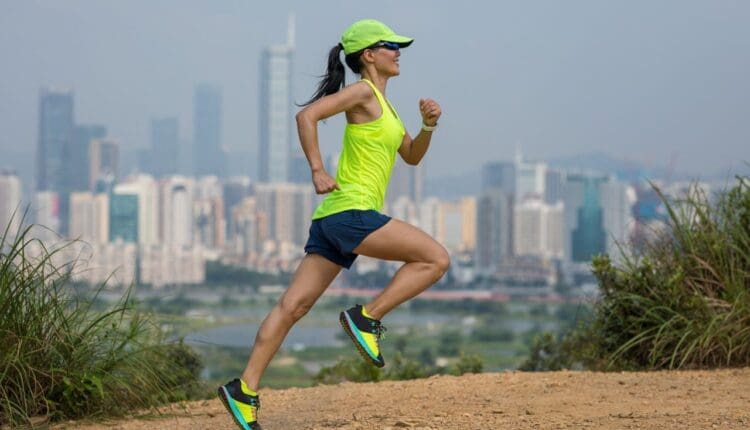
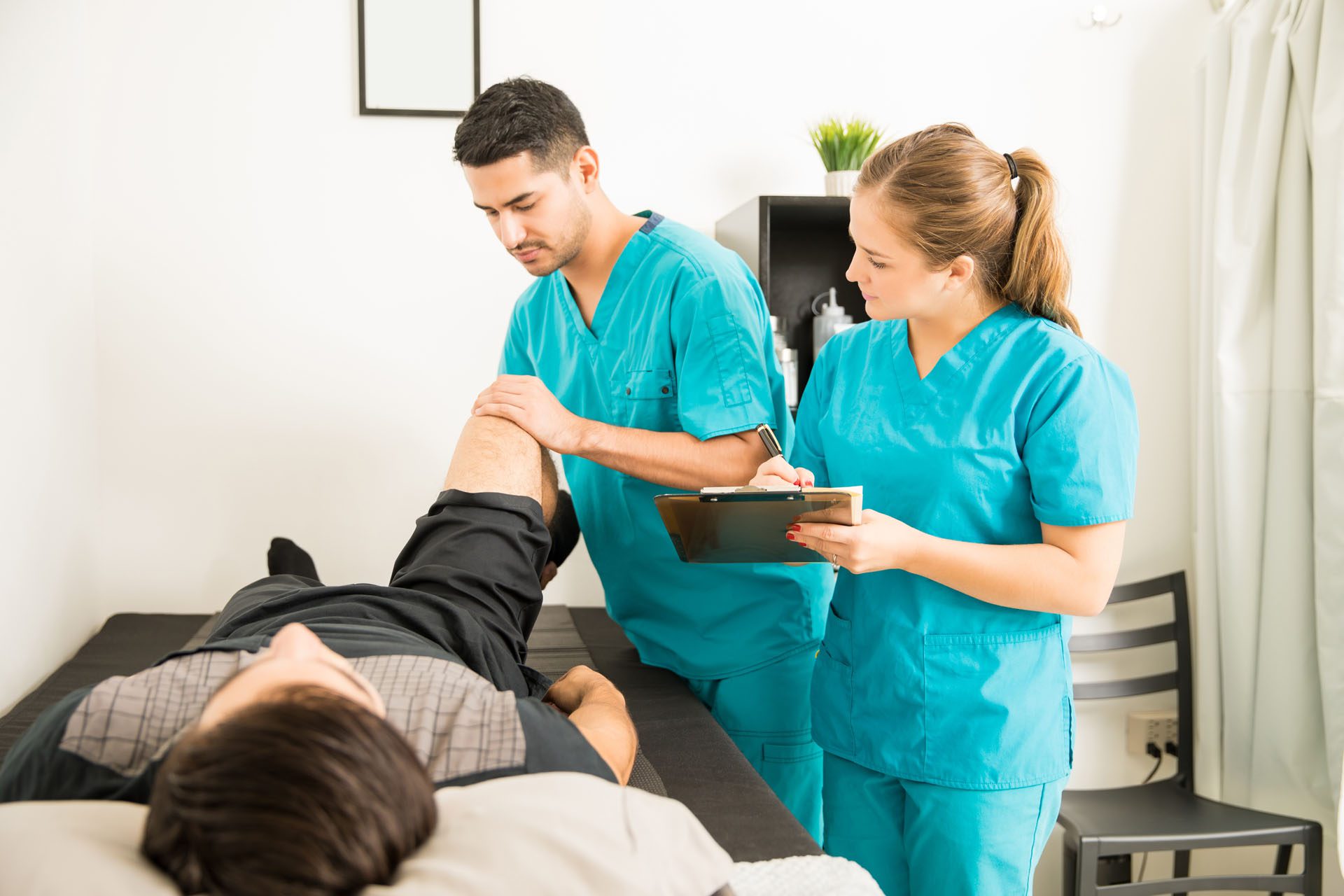
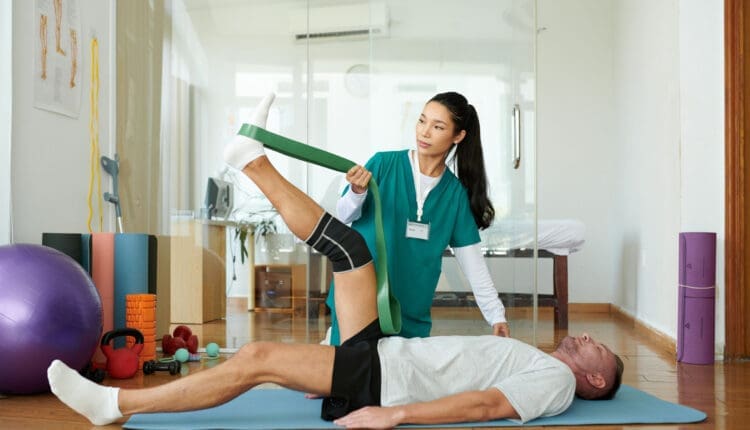
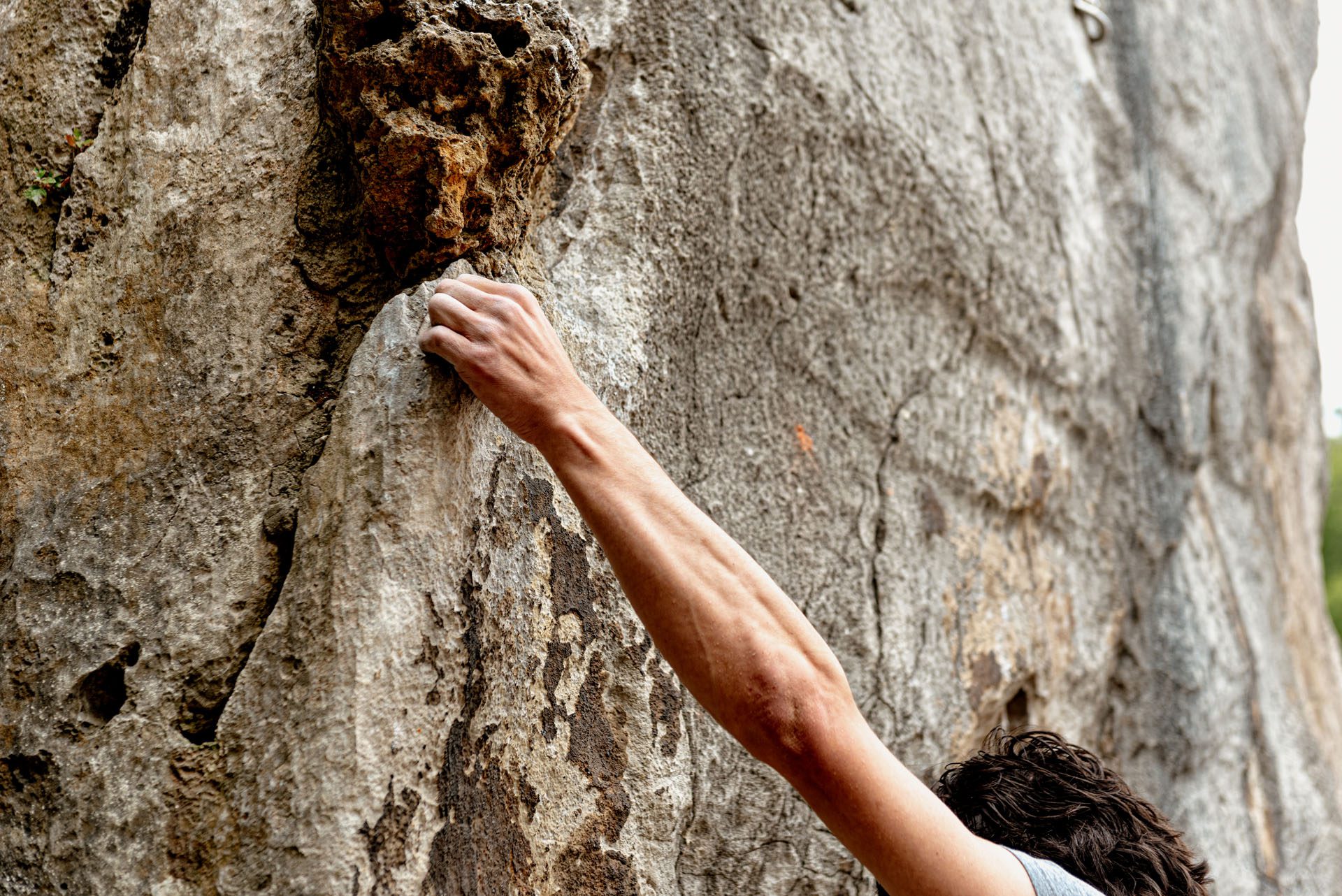
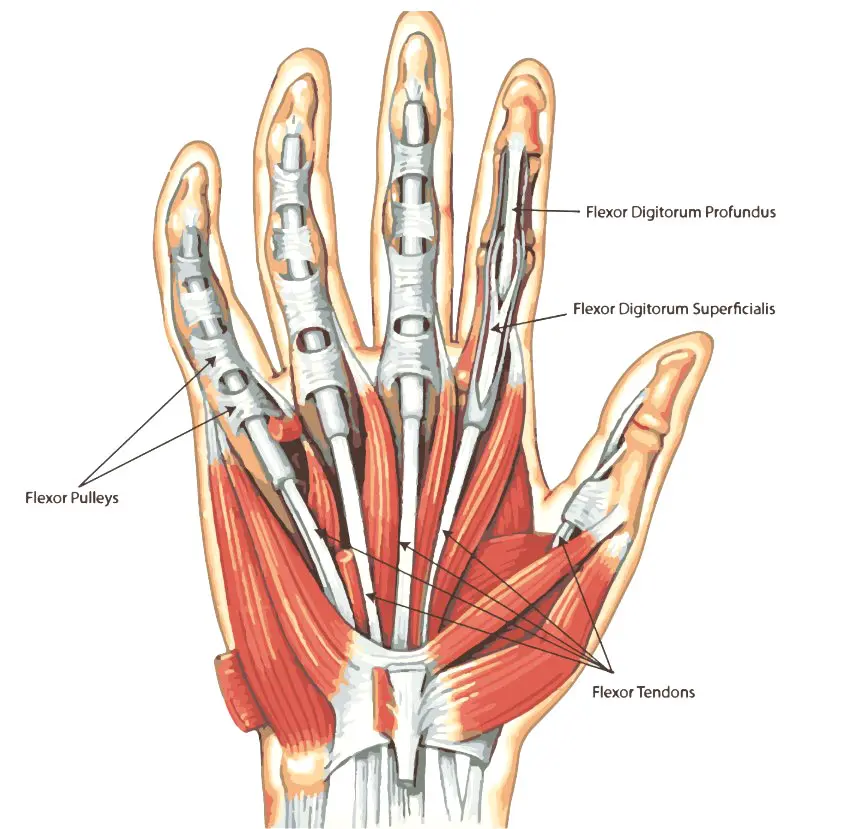
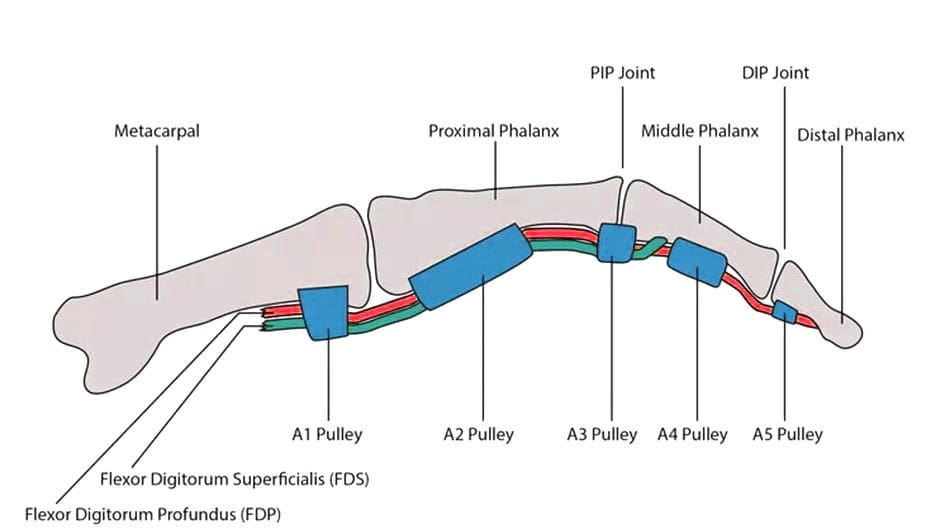 Digital Pulleys
Digital Pulleys